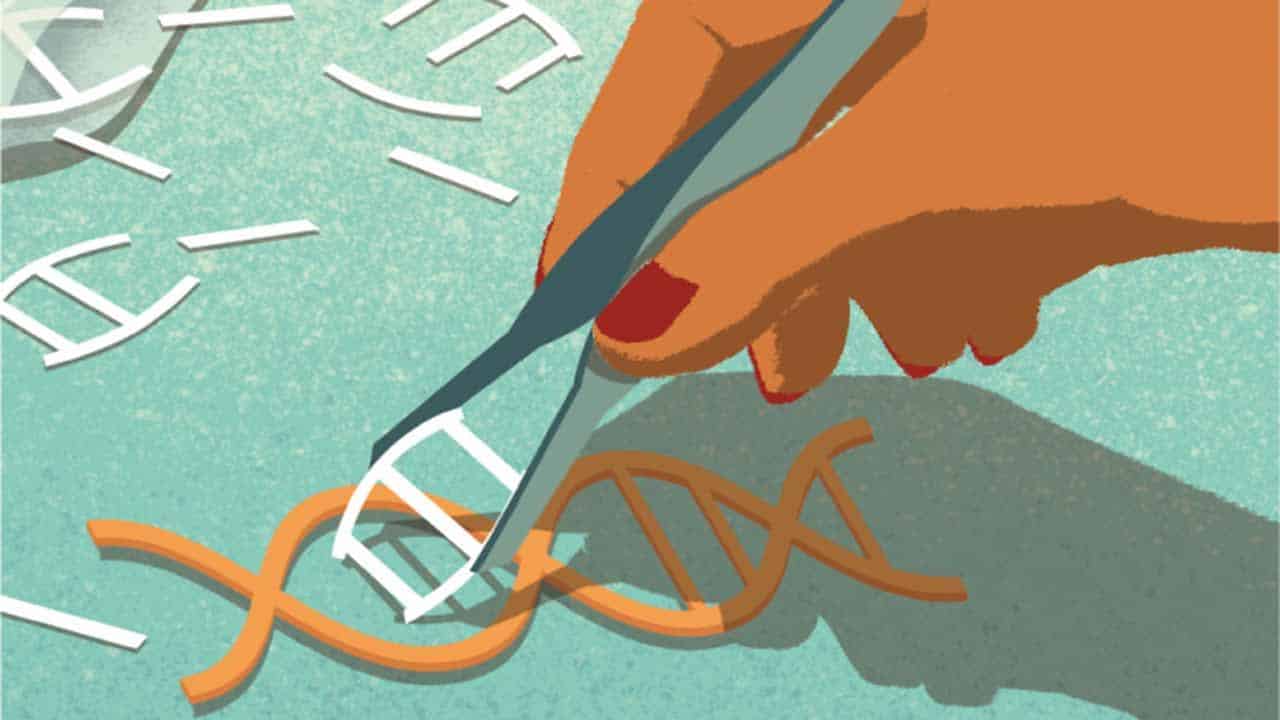USDA to Drop all Regulation for CRISPR-edited Products
We are all aware of the extreme inconsistency and contradiction amongst global regulatory bodies that oversee biotechnologies, particularly around regulations pertaining to genetically modified organisms (GMO) and genetic engineering (GE).
Few scientific issues are more divisive than the regulation and labeling of genetically modified organisms, otherwise known as GMOs. In 2015, a Pew Research survey found that more than half of American adults consider GMOs “generally unsafe.” In contrast, 88 percent of scientists surveyed think GMOs are “generally safe.”
This kind of staggering schism between scientific consensus and public opinion makes it seem at times impossible to have a level conversation about the real risks and rewards of the technology.
In both the U.S. and the EU, transgenic genetically modified (GM) crops must be approved by regulatory agencies before they can be marketed. Both the U.S. and EU have mandatory GM labeling requirements, though the structures of the U.S. law, are far less imposing and rigorous than that of the EU.
Now, the U.S. Secretary of Agriculture Sonny Perdue has clarified that the U.S. Department of Agriculture (USDA) currently does not, and has no plans to, regulate gene edited plants or crops.
As opposed to genetically modified organisms
(GMOs) that involve adding genes from other organisms such as bacteria, the USDA considers gene-edited plants as being similar to plants developed through traditional breeding techniques and therefore require less regulatory oversight.Under its biotechnology regulations, USDA does not regulate or have any plans to regulate plants that could otherwise have been developed through traditional breeding techniques as long as they are not plant pests or developed using plant pests.
This includes a set of new techniques that are increasingly being used by plant breeders to produce new plant varieties that are indistinguishable from those developed through traditional breeding methods. The newest of these methods, such as genome editing, expand traditional plant breeding tools because they can introduce new plant traits more quickly and precisely, potentially saving years or even decades in bringing needed new varieties to farmers.
“With this approach, USDA seeks to allow innovation when there is no risk present,” said Secretary Perdue. “At the same time, I want to be clear to consumers that we will not be stepping away from our regulatory responsibilities. While these crops do not require regulatory oversight, we do have an important role to play in protecting plant health by evaluating products developed using modern biotechnology. This is a role USDA has played for more than 30 years, and one I will continue to take very seriously, as we work to modernize our technology-focused regulations.”
“Plant breeding innovation holds enormous promise for helping protect crops against drought and diseases while increasing nutritional value and eliminating allergens,” Perdue said. “Using this science, farmers can continue to meet consumer expectations for healthful, affordable food produced in a manner that consumes fewer natural resources. This new innovation will help farmers do what we aspire to do at USDA: do right and feed everyone.”
The current regulations were written for the earlier generation of genetically modified organisms, where scientists used bacteria and viruses — typically from plant pests — to drop a payload of new genes into the nuclei of the plant cells where they merge with the plant’s DNA. That worked, but scientists could not control where the new genes would be inserted, and that led to worries of potentially dangerous genetic disruptions or crossbreeding with non-G.M.O. crops.
In contrast, gene-editing technologies allow for the modification of a plant genome to alter single or a few nucleotides, or targeting the insertion of genes to a specific location. They also allow for both intragenesis (the modification of portions of one or more genes) and cisgenesis (the insertion of one or more genes in the correct orientation and including natural expression signals).
These technologies are capable of providing astounding improvements to crops, such as improving disease resistance or increasing metabolic efficiency; and this has led to a flurry of activity as many researchers and companies seek to expand and further develop gene-editing technologies in plants.
Researchers have already made headway with various genetic editing techniques in the lab. There are companies and labs that have made (paywall) more efficiently growing tomato plants, non-browning mushrooms and potatoes, soy with more fatty acids, and wheat with higher fiber. Outside of edible crops, labs have also made corn that produces more of a waxy byproduct for use in making glues.
While U.S. regulators may be taking a laissez-faire approach to CRISPR-modified crops, the move could impact global trade, as regulators in the EU may not see the issue through the same rose-colored glasses.



































